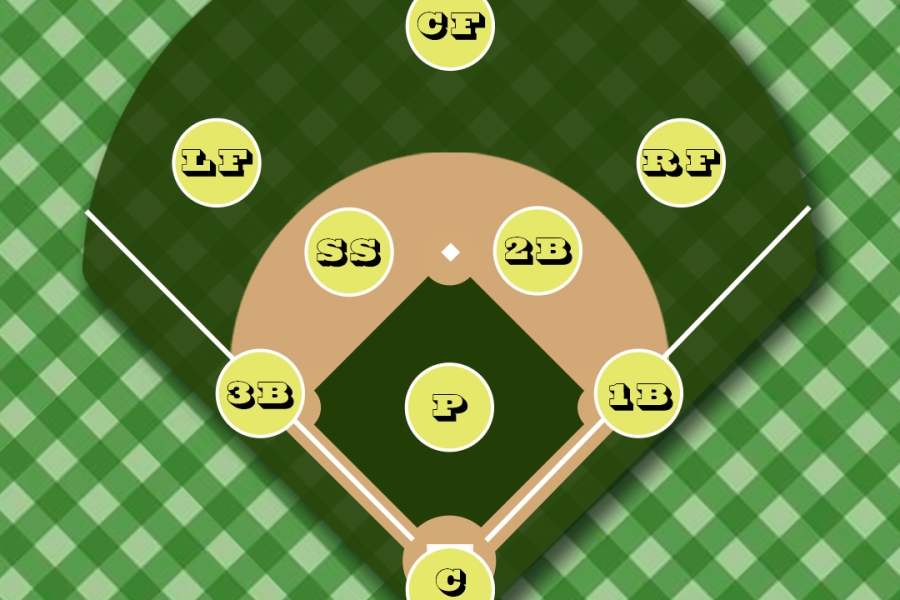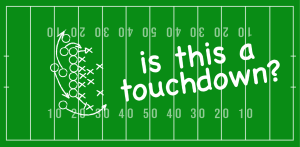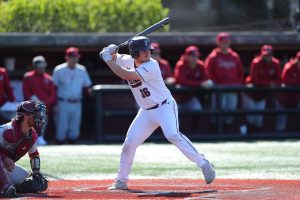What’s the Deal With Baseball?
Explaining the ins and outs of America’s favorite pastime for clueless Lincoln Center students
February 9, 2023
From an outsider’s perspective, baseball may seem odd or even boring. It might just look like a guy wearing a button-up shirt throwing a ball at 100 mph to another guy holding a wooden stick trying to hit it out of the park.
While the rules of baseball are intricate, it can still be easily enjoyed by a casual fan. Baseball has been a cornerstone of American culture, has become a global sport and been featured in multiple Olympic games.
Baseball’s Origin
Baseball doesn’t owe its creation to a single inventor. Bat and ball games have existed for several centuries, but the game of baseball as we know it today has its roots in Civil War America. It was popularized during the war after coming to prominence in New York in 1883. However, people continued to play it after the war, and in 1869, the Cincinnati Red Stockings became the first professional baseball team.
How the Game Is Played
Baseball is played by two teams of nine players competing against each other over the course of nine innings. Uniquely, baseball does not have a time limit. Instead, both teams cycle between offense and defense to complete innings, or periods, throughout the game. When both teams have had a chance at playing offense, an inning has ended.
In order for teams to switch roles, the defense must record three outs against their opponent. This usually happens when a player at bat strikes out, which means they swing and miss three times. Other types of outs include groundouts, fly outs or tagging out.
A point in baseball is called a “run.” The objective is to score more runs than your opponent over the nine innings. If the score is level at the end of the ninth inning, teams will continue with extra innings until one team has earned more runs than the other.
A strike occurs when the batter swings and misses the ball or if they don’t swing but the pitch is thrown into the strike zone, where the ball is thrown over home plate and between the batter’s knees and shoulders.
Positions in baseball refer only to the defense. All players on offense step up to bat and run the bases. When a batter is on base, they are called a runner. The nine defensive positions are divided between the infield and the outfield. The infield consists of the diamond-shaped area formed by the bases. Everything outside of this area is considered the outfield.
There are six players who play the infield: pitcher, catcher, first baseman, second baseman, shortstop and third baseman. There are three players who play outfield: left, center and right fielders.
The pitcher throws the ball toward home base, where the batter attempts to hit it. It is the pitcher’s job to get the batter out by making the ball difficult to hit. A pitcher does this by changing how hard they throw or spin the ball.
A strike occurs when the batter swings and misses the ball or if they don’t swing but the pitch is thrown into the strike zone, where the ball is thrown over home plate and between the batter’s knees and shoulders.
Once a batter incurs three strikes, they have struck out. In the event that a batter doesn’t swing at the ball and it is outside the strike zone, it is called a “ball.” When a pitcher throws four balls without getting the batter out, the batter advances freely to first base in what is called a “walk”. A walk can also be earned when the ball makes contact with the body of the batter.
A home run occurs when the ball is hit over the wall or fence at the back of the outfield, causing all players on base, including the one who hit the ball, to score.
The catcher crouches behind home plate and collects the pitches that the batter doesn’t hit. The catcher’s job is particularly difficult: They must make split-second decisions on where to throw the ball. Their decision depends on reading the opposing runners’ movements.
Teamwork on defense is essential to success. A common strategy for batters is to hit toward third base, aiming for the ground. The third baseman must quickly recover the ball and throw it to the first baseman in order to get the batter out. This is called a groundout.
The shortstop covers the ground between second and third bases. They try to recover the ball and throw to second base to prevent any runners from making it back to home base. If a ball is hit toward second base, the second baseman must throw it to the first baseman.
The outfielders’ job overall is to either catch the ball if it is hit in the air or gather any ball that gets past the infielders and throw it back to the infield, who attempt to get runners out.
On offense, the players’ goal is to score runs. A run is scored when a player makes their way around all three bases and home plate, often with the help of hits from other players. A hit occurs when a player bats the ball into the field of play and then reaches first base without getting out.
If a player runs to the next base while the pitcher winds up and throws a pitch, it is called a “stolen base.” It is the job of the catcher to throw the ball to second or third base to try and get the runner out.
More specifically, if they only make it to first base, it is called a single. If the batter, who becomes a runner once they hit the ball, makes it to second base safely, that is a double. Similarly, getting to third base from one hit is known as a triple.
A home run occurs when the ball is hit over the wall or fence at the back of the outfield, causing all players on base, including the one who hit the ball, to score.
The players who are on base have to run if there is a runner on the base behind them when the ball is put in play. If not, the player can choose to run or stay where they are. If the ball is caught by an outfielder or infielder and it does not result in the third and final out, the runners must keep their foot on their base or, if they have already left, must return to their original base. This is called “tagging up.” However, after it is caught, the runners may try to advance to the next base.
If they advance from third base to home plate in this manner, they score. This is called a sacrifice fly.
Important Terms
“RBI” stands for runs batted in. A batter is usually credited with an RBI when he causes a run to be scored in any way. There are a few exceptions to this, such as a “double play” or the result of an “error.”
A “double play” is when the defense gets two outs recorded on the same play. If a batter hits the ball on the ground into a double play, he will not be credited with an RBI. Similar to a double play, a “triple play” is when the defense is able to get three outs in the same play.
An “error” refers to when a player on defense makes a mistake, and the batter is able to reach base when they would not have been able to otherwise.
When the runner stands a few feet away from the base they are located at in order to reach the next base faster, it is known as a “lead.” If the pitcher notices that the runner is taking a large lead, the latter can be “picked off.” In this case the pitcher can throw the ball to the baseman to try and get the runner out before they return.
If a player runs to the next base while the pitcher winds up and throws a pitch, it is called a “stolen base.” It is the job of the catcher to throw the ball to second or third base to try and get the runner out.
A “fielder’s choice” is when an infielder makes a play on the ball after a hit by throwing it toward any base other than first.
A “plate appearance” is every completed turn batting regardless of the results. When a batter gets out on a nonsacrifice or reaches base on a hit, error or fielder’s choice, it is considered an “at bat.”
Fordham Baseball
Fordham’s baseball team plays at Jim Houlihan Park at Jack Coffey Field every spring. Some notable players from the 2022 season are outfielder Sebastian Mexico, Fordham College at Rose Hill (FCRH) ’25; infielder Zach Selinger, FCRH ’23; and pitcher Ben Kovel, Gabelli School of Business at Rose Hill ’23.
The Rams are coming off an unsuccessful 2022 season in which they recorded 16 wins and 36 losses. The team was only able to win three out of 26 away games. Fortunately, the Bronx’s baseball program now has a chance to prove themselves again. The Rams’ season begins with a series in Texas against Dallas Baptist University, scheduled for Feb. 17 through Feb. 19.














